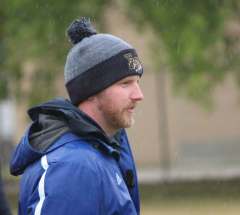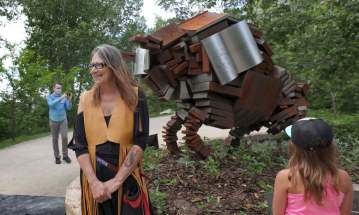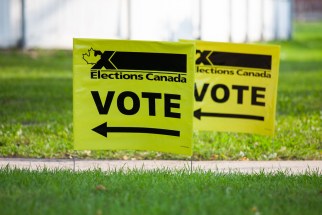Education puts new lens on Canadian history
Read this article for free:
or
Already have an account? Log in here »
To continue reading, please subscribe:
Monthly Digital Subscription
$0 for the first 4 weeks*
- Enjoy unlimited reading on winnipegfreepress.com
- Read the E-Edition, our digital replica newspaper
- Access News Break, our award-winning app
- Play interactive puzzles
*No charge for 4 weeks then price increases to the regular rate of $19.00 plus GST every four weeks. Offer available to new and qualified returning subscribers only. Cancel any time.
Monthly Digital Subscription
$4.75/week*
- Enjoy unlimited reading on winnipegfreepress.com
- Read the E-Edition, our digital replica newspaper
- Access News Break, our award-winning app
- Play interactive puzzles
*Billed as $19 plus GST every four weeks. Cancel any time.
To continue reading, please subscribe:
Add Free Press access to your Brandon Sun subscription for only an additional
$1 for the first 4 weeks*
*Your next subscription payment will increase by $1.00 and you will be charged $16.99 plus GST for four weeks. After four weeks, your payment will increase to $23.99 plus GST every four weeks.
Read unlimited articles for free today:
or
Already have an account? Log in here »
Hey there, time traveller!
This article was published 14/09/2021 (1547 days ago), so information in it may no longer be current.
At The Forks, you will find a 3.5-metre bison made out of books.
The sculpture, created by Indigenous artist Val Vint, is called Education is the new Bison, inspired by a phrase used by elders to underline the importance of education as a sustaining, nourishing resource. To quote Elder Miiksika’am, the spiritual advisor at Mount Royal University in Calgary: “Education is the new buffalo from which a good life will be attained.”
Education is an integral part of the work of reconciliation. In 2017, the Faculty of Native Studies at the University of Alberta launched Indigenous Canada, a free, online, open-to-anyone course that educates on Indigenous histories and contemporary issues in Canada from an Indigenous perspective.

Led by Paul Gareau and presented by Tracy Bear, Alannah Mandamin-Shawanda and Isaac Twinn, Indigenous Canada educates on everything from the fur trade and treaties to the residential school system and contemporary Indigenous activism and art. Per the course description: “Indigenous Canada is for students from faculties outside the Faculty of Native Studies with an interest in acquiring a basic familiarity with Indigenous/non-Indigenous relationships.”
Indigenous Canada became a popular course the year it launched, and its profile was further raised in August 2020 by Schitt’s Creek creator-star Dan Levy, who posted about his participation in the course on social media and encouraged others to join him. “If 2020 has taught us anything, it’s that we need to actively relearn history — history that wasn’t taught to us in school — to better understand and contextualize our lives and how we can better support and be of service to each other.”
More than 50,000 new students enrolled the week Levy first posted about it.
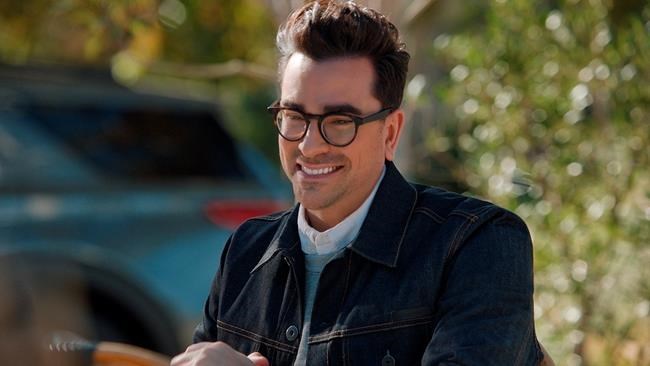
The weeks following the discovery of unmarked graves at the former Kamloops Indian Residential School in May saw another huge spike in enrollment, with 75,000 people signing up.
I was one of those people. I began my studies on Canada Day. Although you can do the 12 modules over 12 weeks, I completed it in eight or nine because it was that fascinating. It also made me realize how little I learned in school — and whose historical perspective I was taught.
My school-age studies on “Canadian history” in the 1990s had significant gaps. I remember cursory fur-trade lessons, told from a settler-colonial perspective. Laura Ingalls Wilder’s Little House books were read to us with zero analysis of what it meant to be a settler (even the term “pioneers” is a subtle rebrand), nor was there any sort of contextualization or even acknowledgement of Ma’s racism.
Indigenous portrayals in pop culture were also lacking — basically it was Disney’s Pocahontas, which came out when I was in Grade 5, and North of 60.
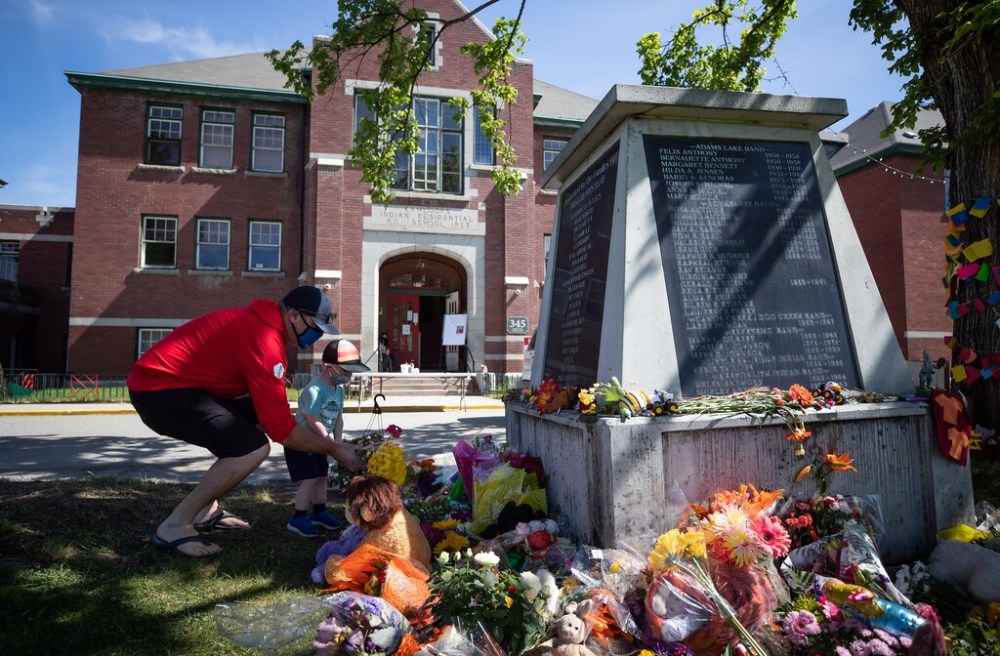
I’m struck, now, not just by the fact we learned absolutely nothing about the residential school system — which existed until as recently as 1996 — but by the fact Indigenous people and cultures were presented to us as though they exist only in the past, ensconced in time like the bison diorama at the Manitoba Museum. That’s colonialism in action, of course, history through an Eurocentric lens that saw Indigenous people as “primitive” and settlers as “civilized.” And whether they are conscious of that or not, that kind of education creates biases in non-Indigenous learners.
Indigenous Canada challenges those biases and, vitally, gets people thinking about history through a different lens.
New York Times publisher A.G. Sulzberger once described reporting as the “beautiful combination of spending half your day learning and half your day teaching.” To that end, I have been fortunate: as a reporter in the Arts & Life department, I’ve been able to interview many Indigenous artists, musicians, authors, curators, creators, filmmakers. I’m grateful to have learned from them about so much: the importance of language; the significance of taking up space; the lasting impacts of intergenerational trauma; how crucial it is that we, the media, tell stories of Indigenous creativity and resilience and humour, not only of tragedy and suffering. (Speaking of the power of art in education, Métis artist Leah Dorion created six original artworks for Indigenous Canada that learners can explore as interactive paintings.)
And still, there was so much I didn’t know. I wanted to know the origin story of Turtle Island, on which I am a settler. I wanted to understand what treaties are and how they’ve been broken. I wanted, as Levy did, to relearn.
So, this is my call to action for readers. Indigenous Canada is an incredible resource that, again, is free. Sept. 30, the National Day of Truth and Reconciliation and Orange Shirt Day, is right around the corner. I can’t think of a better day to start your studies.
jen.zoratti@freepress.mb.ca
Twitter: @JenZoratti

Jen Zoratti is a Winnipeg Free Press columnist and author of the newsletter, NEXT, a weekly look towards a post-pandemic future.
Our newsroom depends on a growing audience of readers to power our journalism. If you are not a paid reader, please consider becoming a subscriber.
Our newsroom depends on its audience of readers to power our journalism. Thank you for your support.

